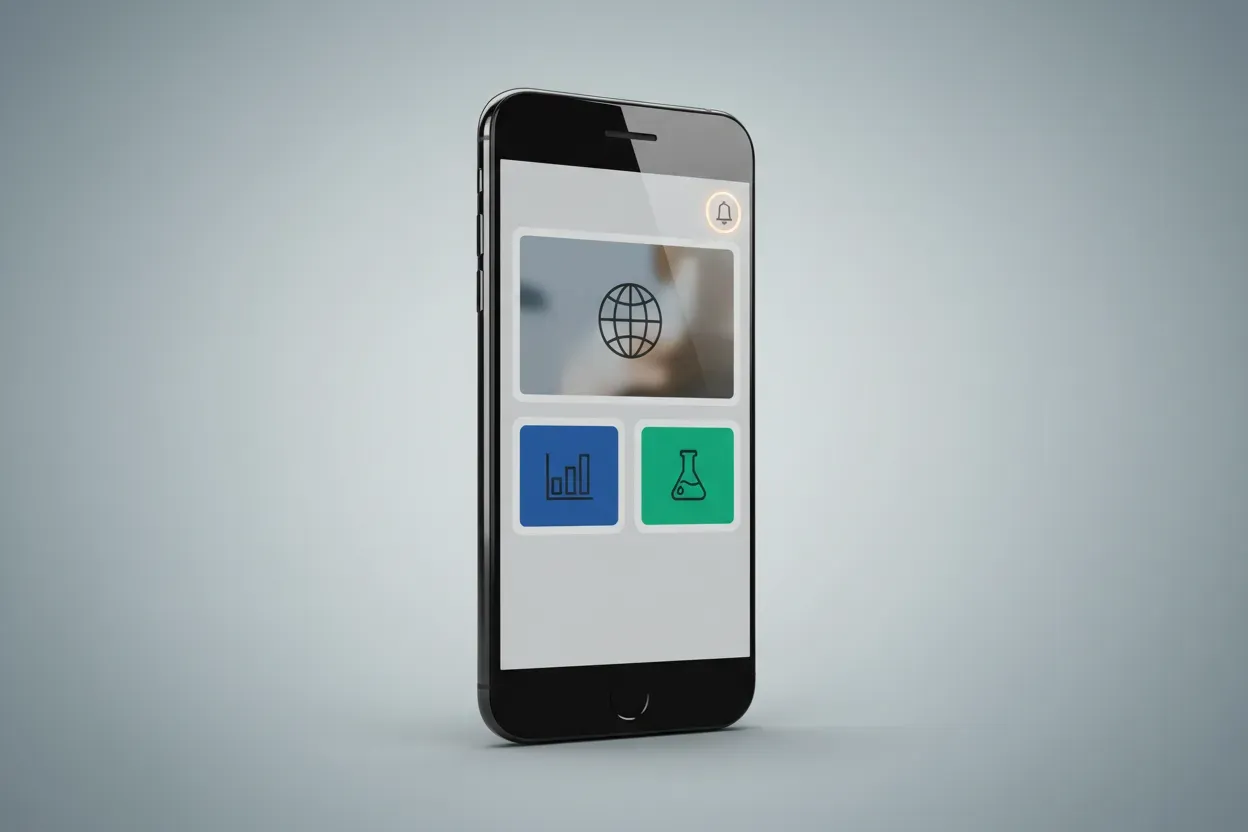6 Effective Goal-Setting Frameworks for Businesses
Discover six powerful goal-setting frameworks that transform how businesses achieve measurable results, based on insights from industry experts. These frameworks provide practical approaches for breaking down objectives into actionable tasks, balancing business metrics with social impact, and leveraging AI for performance reviews. By focusing on meaningful outcomes rather than vanity metrics, organizations can create a robust foundation for sustainable growth and success.
- Measure Conversation Outcomes Instead of Vanity Metrics
- Break Down Goals Into Daily Blueprint Tasks
- Use OKRs to Link Design with Client Results
- Implement SMART Framework with Weekly Review Cycles
- Track Both Business Metrics and Social Impact
- Partner With AI for Monthly Performance Reviews
Measure Conversation Outcomes Instead of Vanity Metrics
I use “Conversation-to-Revenue” tracking – measuring business goals through actual AI voice agent interactions rather than traditional vanity metrics.
Most businesses track website visits, email opens, or marketing qualified leads. We track conversation outcomes because they directly correlate to revenue. Our AI agents generate thousands of data points daily through prospect interactions.
Our framework focuses on three metrics: connect rate (how many prospects engage), qualification rate (how many have genuine interest), and conversion velocity (time from first contact to closed deal). These numbers predict revenue more accurately than traditional marketing metrics.
Weekly goal reviews analyze conversation patterns. If connect rates drop, we adjust messaging. If qualification rates are low, we refine targeting. If conversion velocity slows, we examine our follow-up sequences.
The methodology works because it measures human behavior rather than digital engagement. A prospect who talks for 8 minutes is more likely to buy than someone who clicked an email link. Our AI agents capture this behavioral data automatically.
Monthly reviews compare actual conversation outcomes to revenue targets. This creates a direct feedback loop between operational metrics and business results. We can predict quarterly revenue based on current conversation quality and volume.
The framework eliminates guessing about pipeline health. When AI agents maintain consistent conversation quality, revenue becomes mathematically predictable rather than hoping marketing campaigns work.

Break Down Goals Into Daily Blueprint Tasks
It is truly valuable when you find a method to keep your focus sharp and your goals achievable, because clarity in purpose is the key to business success. My approach to tracking “business goals” is all about checking the system status. The “radical approach” was a simple, human one.
The process I had to completely reimagine was how I looked at a long-term plan. I used to just look at the massive revenue number and feel overwhelmed. I realized that a good tradesman solves a problem and makes a business run smoother by never starting a big job until it’s broken down into small, verifiable sections.
The one goal-setting methodology that I find effective is The Daily Blueprint Check-Off. I break the major yearly goal into a non-negotiable list of weekly and daily actions (like making five high-value sales calls or mastering a new diagnostic tool). I measure progress by tracking the Completion Rate of These Critical Tasks—did I complete today’s section of the blueprint perfectly?
This framework works because it shifts the focus from the scary, distant goal to a manageable, guaranteed win every single day. That sense of daily accomplishment fuels momentum.
My advice for others is to trust the methodical process. A job done right is a job you don’t have to go back to. Don’t look at the whole building; focus on the connection in your hand right now. That’s the most effective way to “measure your progress” and build a business that will last.

Use OKRs to Link Design with Client Results
At ThrillX Design, we track progress toward our business goals using a combination of clear KPIs and continuous performance reviews tied to client outcomes. Every project is guided by measurable conversion metrics, such as lift percentages, retention rates, and ROI benchmarks. We rely heavily on data analytics and A/B testing to assess the real-world impact of our design and optimization strategies, ensuring that every decision we make is grounded in measurable performance rather than assumptions. This data-driven approach allows us to stay aligned with both short-term milestones and long-term growth objectives.
One goal-setting framework that has proven particularly effective for us is the OKR (Objectives and Key Results) methodology. By defining ambitious but specific objectives and pairing them with quantifiable results, our team maintains a clear sense of direction and accountability across departments. This structure ensures that everyone – from UX designers to CRO strategists – works toward outcomes that directly support ThrillX’s overarching mission: building high-performing websites that not only look great but also drive measurable business growth for our clients.

Implement SMART Framework with Weekly Review Cycles
Tracking business goals isn’t about complicated systems. I’ve found the SMART framework to be pretty solid because it keeps things simple and clear. When we set goals, I make sure they’re Specific, Measurable, Achievable, Relevant, and Time-bound. For example, instead of saying “we want more customers,” I’d say “we’ll onboard 50 new clients in the next quarter by expanding our outbound sales team and running three targeted campaigns.” That gives everyone a clear target to hit and a way to know if we got there.
We review progress weekly and adjust when things aren’t working. The key is making goals concrete enough that anyone on the team can understand what success looks like without needing a decoder ring.

Track Both Business Metrics and Social Impact
For me, it’s essential to set both global goals and to celebrate intermediate milestones. I don’t only measure outcomes in obvious business metrics like sales volume or number of clients—we also set indirect goals, such as expanding our base of potential clients, building reputation, or developing new partnerships.
For example, in our firm we track clear, measurable goals—like the number of legal cases successfully introduced for clients, which is straightforward for lawyers. But alongside that, we establish additional milestones for team members working on our Lobby Club and international outreach, as well as “good deeds” goals, such as employee achievements in community initiatives and philanthropy. This layered approach helps us align business growth with reputation-building and social impact, which I find to be a more sustainable framework for long-term success.

Partner With AI for Monthly Performance Reviews
I think the most effective method is to invest in a coach so each month you can track your progress. I hired Chat GPT as my co-CEO, and each month I sit down with it and provide it numbers. It gives me an Excel sheet and a review of the month, and we set the next quarter’s targets. Then, I sit down with my coach a week later, and we discuss the numbers. It’s amazing what you can do when you have such focus and you track the numbers. It makes for a good co-CEO.








































